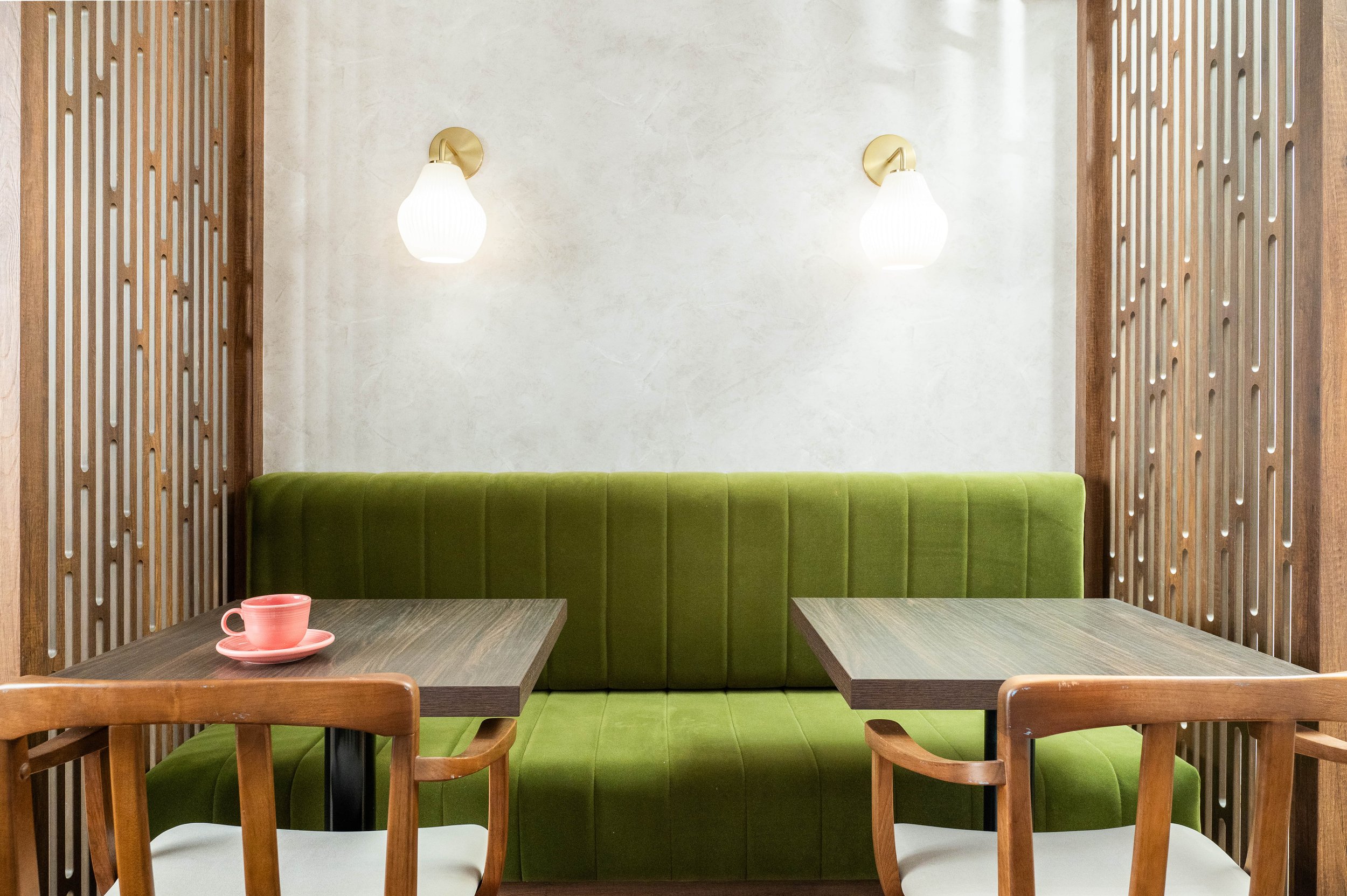The Power of Ergonomics in a Restaurant Design and Flow
As a restaurant owner, you understand the importance of creating an inviting ambiance that leaves a lasting impression on your customers. Beyond delectable cuisine and exceptional service, the design and layout of your restaurant play a pivotal role in enhancing the overall dining experience and keeps people coming back.
In this blog post, we will explore the concept of ergonomics in the context of restaurant design and delve into the key considerations for optimizing your space. Whether you are an aspiring restaurateur or looking to revamp your current setup, understanding the significance of ergonomics can make all the difference.
What is Ergonomics, and Why Does it Matter?
Ergonomics is the science of designing and arranging the workplace to fit the capabilities and limitations of the people who use it. In a restaurant context, this means creating a space that promotes comfort, efficiency, and safety for both customers and employees. By implementing ergonomic principles, you can improve productivity, reduce the risk of work-related injuries, and elevate the overall dining experience.
1. Designing for Overall Efficiency & Safety of Employees
Optimizing the Kitchen Layout:
A well-organized kitchen is the backbone of any successful restaurant. Collaborate with a professional restaurant interior designer who specializes in ergonomic kitchen design. They will consider factors such as the workflow, equipment placement, and ease of movement for your kitchen staff, enabling them to work efficiently and reducing the chances of accidents or fatigue.
Comfortable Workstations:
Ensure that your staff has ergonomic workstations, such as adjustable-height counters, chairs, and properly positioned equipment. Provide anti-fatigue mats in areas where staff spends long hours standing to reduce the risk of musculoskeletal disorders. These adjustments promote good posture and reduce strain on the back, neck, and shoulders, leading to increased productivity and reduced risk of injuries.
Temperature and Ventilation:
Maintain a comfortable temperature and good ventilation in the kitchen to ensure a pleasant working environment.
2. Enhancing The Customer Experience & Comfort Level
Seating and Table Layout:
Consider the dimensions of your dining area and the flow of customer traffic. Collaborate with a knowledgeable restaurant designer in Toronto who understands the importance of ergonomics. They will assist you in selecting appropriate seating options, table heights, and comfortable spacing to optimize the dining experience and accommodate customers of all sizes.
Ergonomically designed seating ensures that customers can sit comfortably throughout their meal. Comfortable chairs with proper lumbar support and well-padded seats prevent discomfort and fatigue, allowing diners to fully enjoy their food and socialize without distractions.
When customers are comfortable, they are more likely to stay longer, order additional items, and indulge in dessert or coffee after their meal. This increases the average dining time, leading to higher revenue per table and potentially accommodating more guests throughout the day.
People are more likely to return to a restaurant where they had a pleasant dining experience. Ergonomic seating plays a significant role in creating a positive impression, fostering customer loyalty, and encouraging repeat business.
Lighting, Ambiance and Acoustics:
Proper lighting sets the mood and ambiance, while appropriate acoustics allow for pleasant conversation without excessive noise. Balance natural and artificial lighting, and invest in sound-absorbing materials or architectural features to create an inviting atmosphere where guests can enjoy their meals comfortably. Lighting should be gentle and soothing, creating a warm and inviting atmosphere. Dimmers can be installed to adjust the lighting during different times of the day.
Flow & Traffic:
Plan a clear pathway for customers to move comfortably through the restaurant without feeling crowded or obstructed. This can prevent potential accidents and frustrations.
Noise Control:
Implement sound-absorbing materials and strategic table placements to control noise levels, allowing for pleasant conversations without excessive background noise.
Investing in ergonomic improvements may require an initial outlay, but the long-term benefits far outweigh the costs. Incorporating ergonomic principles into your restaurant's design is an investment that pays off in multiple ways. Not only does it lead to happier and more loyal customers, but it also boosts staff morale and productivity. By creating a space that prioritizes comfort, safety, and efficiency, you set the stage for long-term success in the competitive restaurant industry.
Remember, the journey to achieving optimal ergonomics doesn't have to be a daunting one. Start by evaluating your current restaurant layout and identify areas that could be improved. Seek professional advice if needed, and don't hesitate to make the necessary changes. Your customers and staff will thank you, and your restaurant will reap the rewards of a well-designed, ergonomic space.
Article by Jude Kamal, Founder & Registered Interior Designer of Sansa Interiors.
Looking for an Interior Designer in Toronto?
Are you looking to turn your home or business into the serene, supportive and harmonious space you’ve been dreaming of? We can help! Our team serves Toronto, Etobicoke, Mississauga, and the rest of the Greater Toronto Area. Contact us via our website to find out more about how interior design can help to improve your overall health and wellbeing.




